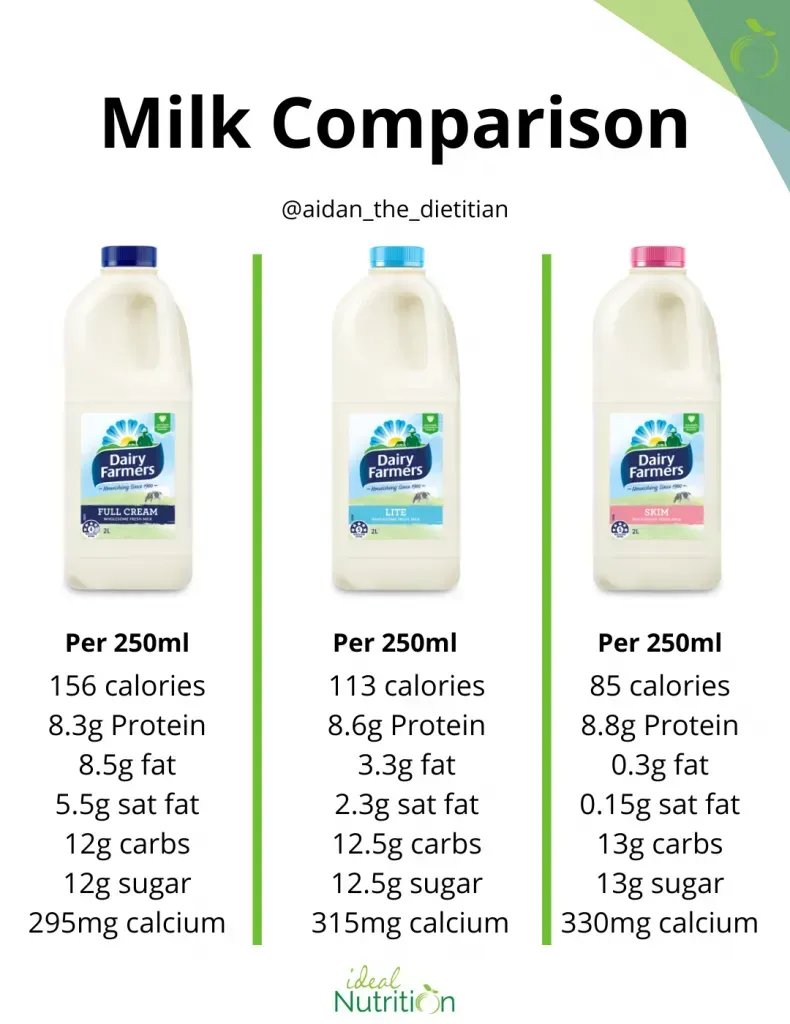Table of Contents
Walk down the dairy aisle these days, and you're faced with a wall of options. Whole milk, 2%, 1%, and then there's the classic confusion: low fat vs skimmed milk. For years, we were told that cutting fat was the golden rule, making skim milk the automatic "healthy" pick. Low fat milk seemed like a slightly less virtuous cousin. But is the difference really just about a few grams of fat, or is there more to the story? Many of us grabbed the fat-free carton without a second thought, assuming less fat automatically meant better health. We were told saturated fat was the enemy, and skim milk vanquished it. However, nutritional science, like everything else, keeps evolving. What if focusing solely on fat percentage is missing the bigger picture? This article digs into the actual nutritional profiles, challenges some long-held beliefs about saturated fat, and helps you navigate the low fat vs skimmed milk debate with a clearer head than a cow after a long day of grazing. We'll look beyond the fat grams to see what else these milk options bring to the table, or perhaps, to your cereal bowl.
Low Fat vs Skimmed Milk: Understanding the Basics
Low Fat vs Skimmed Milk: Understanding the Basics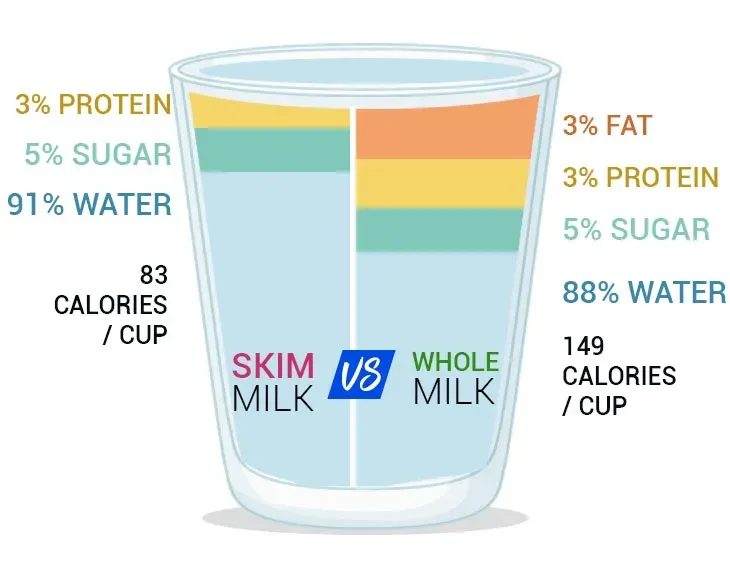
So, What Exactly is Low Fat Milk?
Alright, let's cut through the marketing speak. When you grab a carton labeled "low fat milk," you're usually looking at milk that contains 1% milk fat by weight. Think of it as a halfway house between the richness of whole milk (which is around 3.25% fat) and the almost entirely fat-free world of skim. The process involves taking whole milk, spinning it in a centrifuge to separate the cream (that's where most of the fat lives), and then adding back just enough cream to hit that 1% mark. It's less about magic and more about physics and precise measurements. People often choose it thinking they're getting the flavor of whole milk without all the "bad" fat, stepping into the ring of the low fat vs skimmed milk debate with a compromise in hand.
And Skimmed Milk? The Fat-Free Frontier
Now, skimmed milk, sometimes called non-fat milk, takes that fat removal process a step further. After the centrifuge does its work, virtually all the cream is removed. The goal is to get the fat content down to negligible levels, typically less than 0.5%. This is why it often has a thinner, less creamy texture and a blander taste compared to whole or even low-fat milk. For decades, it was the go-to recommendation for anyone watching their weight or cholesterol, the undisputed champion in the low fat vs skimmed milk showdown for the health-conscious. The logic was simple: fat equals bad, no fat equals good. As we'll see, that wasn't the whole story.
- Low Fat Milk: Contains 1% milk fat.
- Skimmed Milk: Contains less than 0.5% milk fat (often called non-fat).
- Texture: Low fat is slightly richer than skimmed.
- Taste: Low fat retains a bit more dairy flavor than skimmed.
Breaking Down the Nutrition: Beyond Just Fat Content
Breaking Down the Nutrition: Beyond Just Fat Content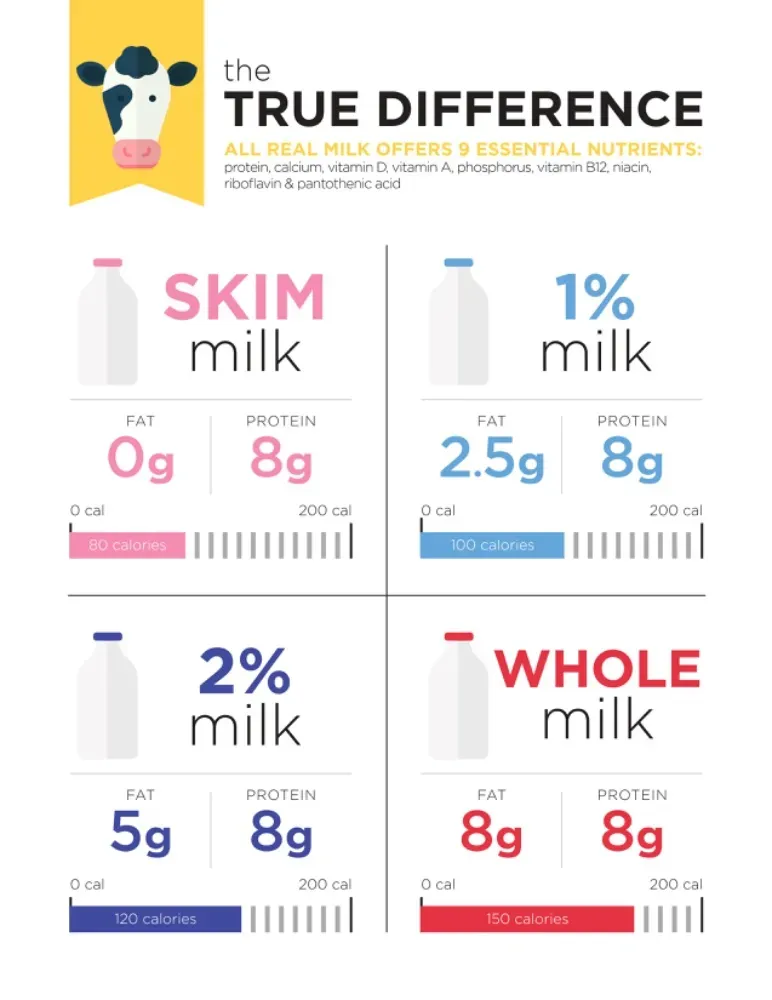
Protein and Calcium: The Usual Suspects
so we've established the fat difference in the low fat vs skimmed milk debate. But let's be real, nobody drinks milk *just* for the fat, right? At least, I hope not. The good news is, when you strip away the fat, you're not stripping away the core nutritional powerhouses. Both low-fat (1%) and skimmed milk pack a serious punch when it comes to protein and calcium. An 8-ounce glass of either will give you around 8 grams of protein, which is solid for muscle repair and keeping you feeling full. They're also loaded with calcium, essential for bone health – you know, the stuff your grandma always told you to drink milk for. So, on these fundamental building blocks, the playing field is surprisingly level.
Vitamins and Minerals: Fortified Friends
Now, let's talk micronutrients. Milk, by nature, contains vitamins like B12 and riboflavin. But many milk varieties, especially the lower-fat ones like those involved in the low fat vs skimmed milk comparison, are fortified. This means vitamins A and D are added back in because they are fat-soluble and get removed along with the fat. Vitamin D is crucial for calcium absorption, and Vitamin A is important for vision and immune function. So, while you lose some naturally occurring fat-soluble vitamins when the fat is removed, fortification ensures you still get a good dose. It’s like getting a bonus round of nutrients.
Nutrient (per 8 oz) | Skim Milk | 1% Low-Fat Milk | Whole Milk |
|---|---|---|---|
Calories | ~80 | ~100 | ~150 |
Total Fat | < 0.5g | 2.5g | 8g |
Saturated Fat | < 0.3g | 1.5g | 5g |
Protein | 8g | 8g | 8g |
Calcium | ~30% DV | ~30% DV | ~30% DV |
Vitamin D | ~25% DV | ~25% DV | ~25% DV |
Beyond the Labels: Omega-3s and Other Compounds
Here’s where things get a little more nuanced than a simple low fat vs skimmed milk calorie count. While skim milk is virtually fat-free, that also means it contains very little of the fat-soluble goodies that come with whole milk. This includes a small amount of beneficial omega-3 fatty acids, which are present in the milk fat. Whole milk also contains conjugated linoleic acid (CLA), another type of fat that some studies suggest might have health benefits. When you remove the fat entirely, you lose these compounds. It makes you wonder if the single-minded pursuit of "fat-free" might be throwing the baby out with the bathwater, or in this case, the omega-3s out with the cream.
The Saturated Fat Debate: Reconsidering Low Fat vs Skimmed Milk
The Saturated Fat Debate: Reconsidering Low Fat vs Skimmed Milk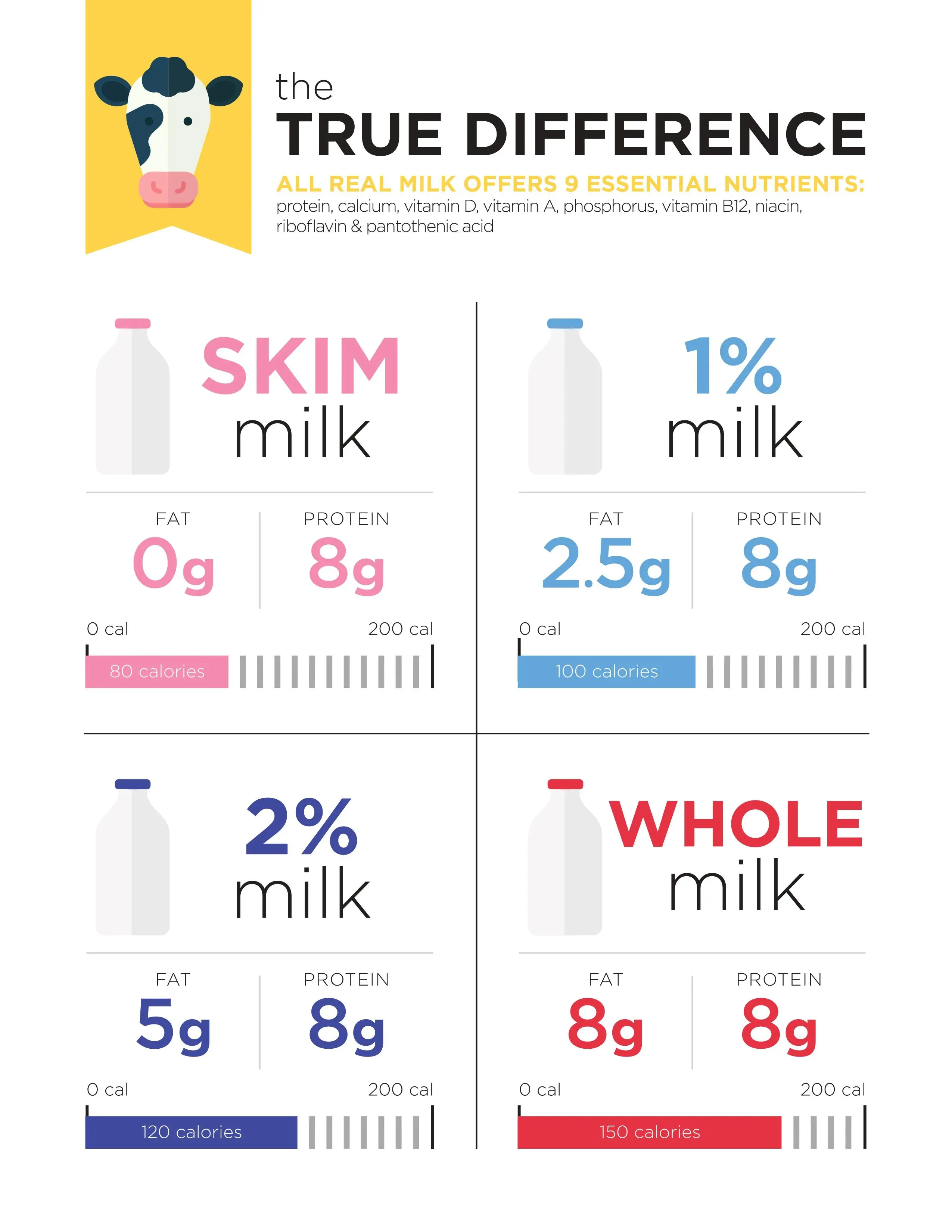
The Old Guard: Saturated Fat as Public Enemy Number One
For decades, saturated fat wore the black hat in the dietary world. The prevailing wisdom, fueled by early studies, linked it directly to elevated cholesterol levels and a higher risk of heart disease. This is precisely why skim milk, with its near-zero saturated fat content, became the poster child for healthy eating. The idea was simple: cut out saturated fat wherever you could, and your heart would thank you. This perspective heavily influenced dietary guidelines and public perception, pushing low fat milk as a slightly better alternative to whole, but still lagging far behind the fat-free champion in the low fat vs skimmed milk showdown. It seemed like an open-and-shut case.
Shifting Perspectives: Is Dairy Fat Different?
But science rarely stays still. More recent, robust research has started to challenge that rigid "saturated fat is bad, period" narrative. It turns out, the *source* of saturated fat might matter, and the overall dietary pattern is crucial. Some studies suggest that saturated fat from dairy, particularly in whole milk, might not have the same negative effects on heart health as saturated fat from other sources, like processed meats. There's talk about the "dairy matrix" – how the fat is packaged with other nutrients in milk – potentially altering its impact on the body. This doesn't give you a free pass to chug gallons of whole milk, but it certainly complicates the simple "avoid fat" message that propelled skim milk to fame in the low fat vs skimmed milk debate. It forces a re-evaluation of whether stripping out all the fat was really the best move for everyone.
- Traditional view: Saturated fat directly increases heart disease risk.
- This view strongly favored skim milk.
- Newer research: Source of saturated fat matters.
- Dairy fat might have a different impact than other sources.
- Focus is shifting to overall diet patterns.
Making Your Choice: Is Low Fat or Skimmed Milk Right for You?
Making Your Choice: Is Low Fat or Skimmed Milk Right for You?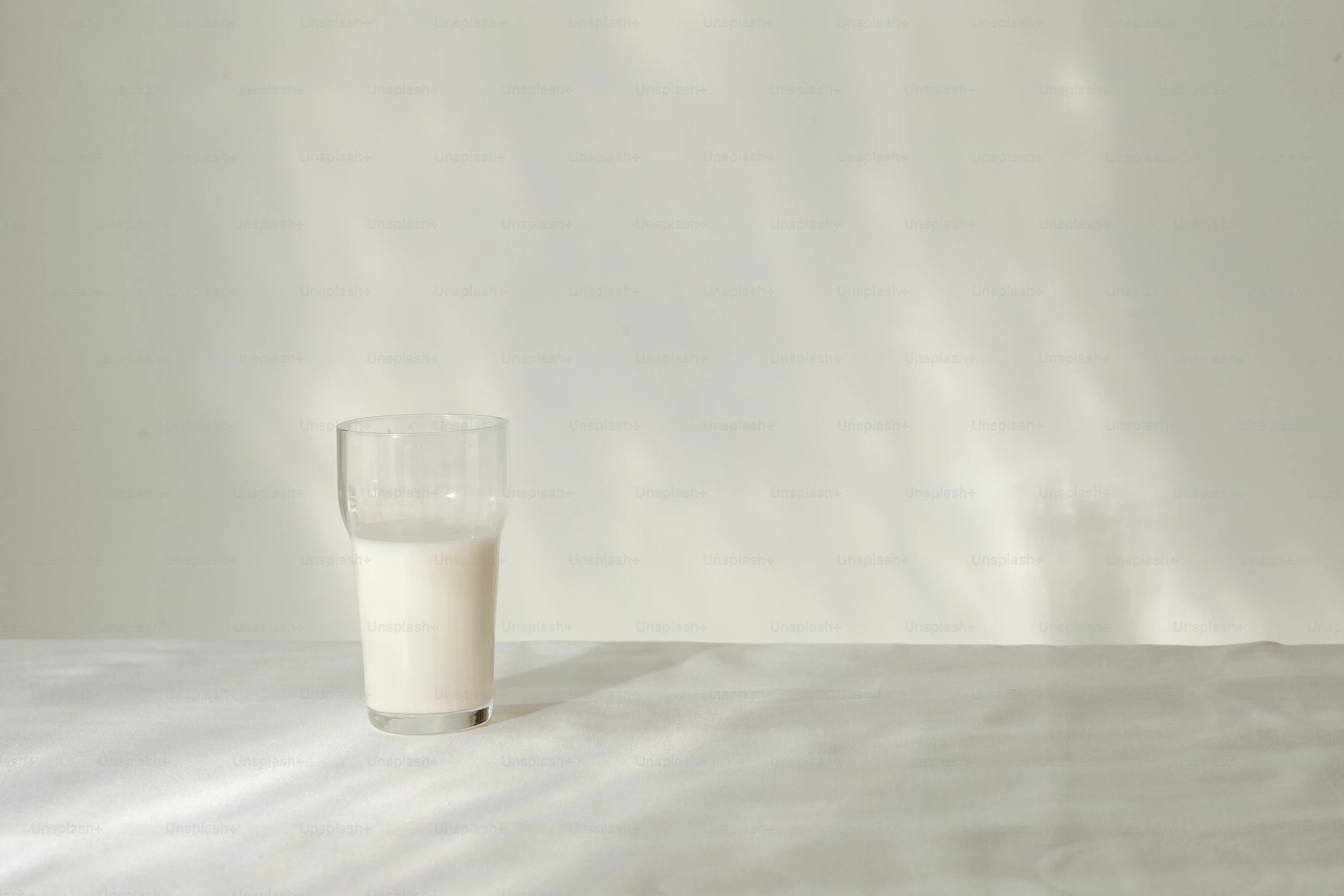
Considering Your Overall Diet and Goals
so after wading through the fat grams and saturated fat debates, you're probably asking, "Alright, which one do I actually pour?" The truth is, there's no single, universally "right" answer in the low fat vs skimmed milk showdown. It genuinely depends on your personal dietary landscape and health objectives. Are you tracking calories closely? Skim milk offers the fewest. Trying to maximize beneficial fats like omega-3s and CLA? Whole milk, or perhaps 1% low fat milk, retains more of those than skim. Are you simply looking for a source of protein and calcium without much fat? Both skim and 1% fit that bill nicely. Think about what else is on your plate throughout the day. If you're getting plenty of healthy fats from other sources like avocados, nuts, and fatty fish, maybe the minimal fat in skim milk is fine. If your diet is generally low in fat, a little bit from 1% milk might not be a bad thing.
Taste, Texture, and Satiety
Let's not ignore the sensory experience either. For some people, the thin, watery texture of skim milk is a dealbreaker. They need a little more body, a little more creaminess to feel satisfied, especially in coffee or with cookies. That's where 1% low fat milk often wins. It provides a slightly richer mouthfeel and a bit more flavor than its fat-free counterpart. And frankly, if drinking skim milk feels like a chore, you're less likely to stick with it consistently for its nutritional benefits. There's also the concept of satiety. The small amount of fat in 1% milk might help you feel fuller compared to skim, potentially preventing you from reaching for less healthy snacks later. While the difference isn't massive, every little bit counts when managing appetite.
- Consider your daily calorie intake.
- Evaluate other sources of fat in your diet.
- Think about what taste and texture you prefer.
- Factor in how milk makes you feel (satiety).
- Don't be afraid to try both 1% and skim to see which you prefer.
Consulting the Experts (and Your Gut)
Ultimately, if you have specific health concerns, like high cholesterol or diabetes, or are following a particular diet plan, having a chat with a registered dietitian or your doctor is always a smart move. They can look at your complete health profile and dietary habits to give you tailored advice on the low fat vs skimmed milk question. They might suggest one over the other based on factors you hadn't considered. But beyond the professional advice, trust your own body and preferences. If 1% milk makes you feel more satisfied and you enjoy drinking it, and it fits within your overall dietary goals, then maybe that's the better choice for you, even if skim milk has slightly fewer calories. Don't get so caught up in the numbers that you dread your morning cereal.
Low Fat vs Skimmed Milk: Making Your Own Call
So, when it comes to low fat vs skimmed milk, the answer isn't as simple as "less fat equals better." Skim milk offers a nutrient punch with minimal calories and fat, while low fat milk sits somewhere in the middle. The long-standing fear of saturated fat from dairy is also being re-evaluated, suggesting that moderate amounts might not be the villain they were once painted to be, especially when considering the overall dietary pattern. Ultimately, the choice between these milk types comes down to your individual dietary needs, preferences, and how they fit into your overall eating habits. Neither is inherently "bad," but understanding the nuances beyond just the fat percentage can help you make a more informed decision for your health.
